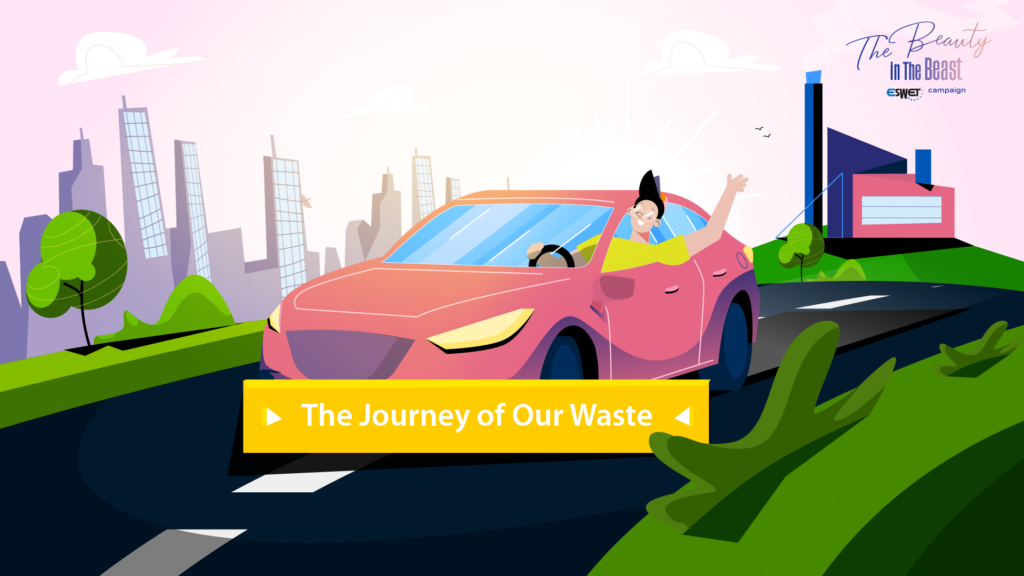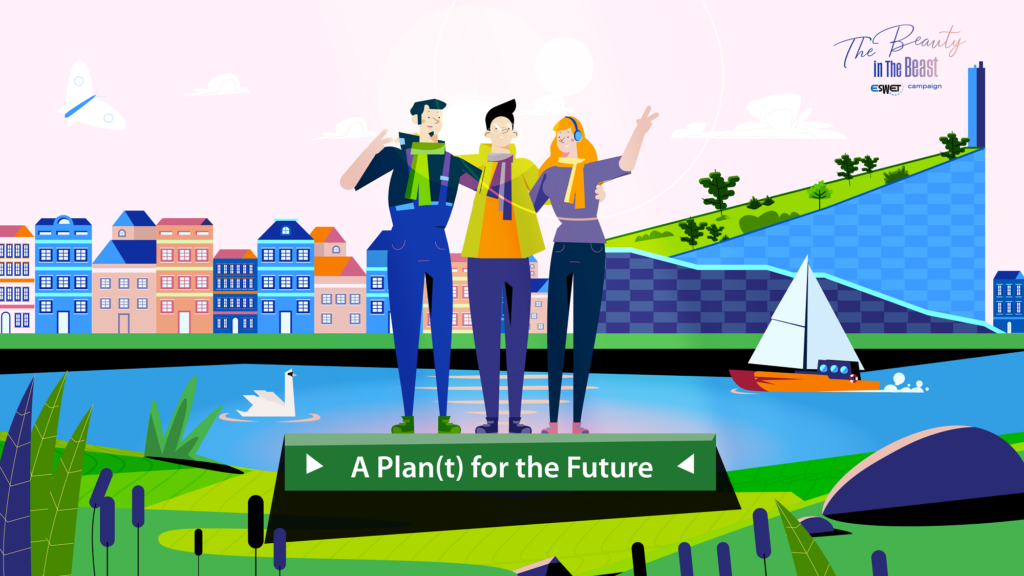Relying on observations of celestial bodies, wildlife, odours and noises, the Vikings were able to navigate across the deepest seas. Their widely known recognition as masters of the seas and leaders in long-distance trading can be owed to their ground-breaking invention: longships.
Long, light and sleek, narrow and flat, longships were vessels designed for speed and resistance, both at seas and rivers. Longships were the result of years of experiments and hard teamwork.
Much alike, fast forward millennia to the sequel of longships, the Norwegians are now placing great emphasis on testing a game-changing technology and taking it to the European seas. This time, it shall help Norway address the biggest challenge of modern times: climate change.
A longship to navigate towards Europe’s climate goals
Norway’s objective is to reduce at least 50% of the GHG emissions by 2030 (compared to 1990 levels). Yet, this ambition entails numerous changes across all sectors, from transportation, construction and up to waste management. A longship may come in handy to navigate even such challenges.
Indeed, the Norwegian Government has dubbed its full-chain carbon capture, transport, and storage (CCS) project, launched in September 2020, Longship after their forefathers’ notorious vessels.
The project aims to capture the CO2 from a cement plant and a Waste-to-Energy plant in Oslo, transport it by ship to the west coast of Norway and permanently store it in reservoirs on the Norwegian continental shelf, 3000 meters below the seabed, thus preventing its release into the atmosphere.
Carbon Capture and Storage: Oslo’s WtE success story
The plan’s feasibility has been already tested in the outskirts of Oslo by a pilot project carried out at the facility treating the non-recyclable share of Oslo’s municipal waste: the Fortum Oslo Varme Waste-to-Energy plant. The project has been an astounding success so far: the capture efficiency has proven to have a 90-plus per cent capture rate. It means that the Waste-to-Energy plant will be able to capture 400,000 tons of CO2 emissions every year.
In light of the compounding effects of climate change, actively reducing carbon dioxide emissions becomes a priority. Oslo, in particular, is investing in innovative ways of reducing carbon emissions.
Oslo on the path to decarbonisation
Oslo intends to reduce 95 % of its emissions by 2030 (compared to 1990 levels). Although it is an ambitious climate plan, Oslo is taking some bold steps to meet such goal: being transports the main source of greenhouse gas emissions (61%), the City of Oslo is currently working on a city logistics system that will reduce traffic demand and facilitate the adoption of plug-in hybrids or cars and light freight vehicles powered by renewable fuels; flagship projects that may cause significant emission reductions are also being assessed and executed.
Waste management is also one of Oslo’s priorities to attain its GHG emissions reduction plan successfully. With a circulatory approach, the city intends to reduce the amounts of household waste generated, increase recycling to a minimum of 65 % by 2030 and facilitate the greatest possible reuse.
The CCS project shows how Waste-to-Energy can be part of this ambitious climate strategy. The pilot plant, indeed, proved that it could reach a capture rate of 90%. But there’s more to it: as around 50 per cent of the CO2 emitted by the plant is of biogenic origin, the installation of CCS is turning a Waste-to-Energy plant carbon negative!
A solution to a global challenge
The Norwegian CCS project is a blueprint for the EU sustainable waste management: the Waste-to-Energy plant treats non-recyclable waste recovering electricity and heat used by the city of Oslo, the CCS plant captures and safely stores the CO2 generated and acts as a CO2 sink.
The integration of CCS will undoubtedly contribute to Oslo’s leading role in achieving the carbon neutrality targets by 2030. Scaling these technologies to the entire European sector would help the EU pursue its ambition of reaching climate neutrality by 2050 with no delays. As stressed by Norwegian Prime Minister Elsa Solberg: “For Longship to be a successful climate project for the future, other countries also have to start using this technology“.
If the Vikings managed to conquer the seas with their Longships back in Medieval times, now their descendants are expected to reach new heights in the path towards sustainability.





